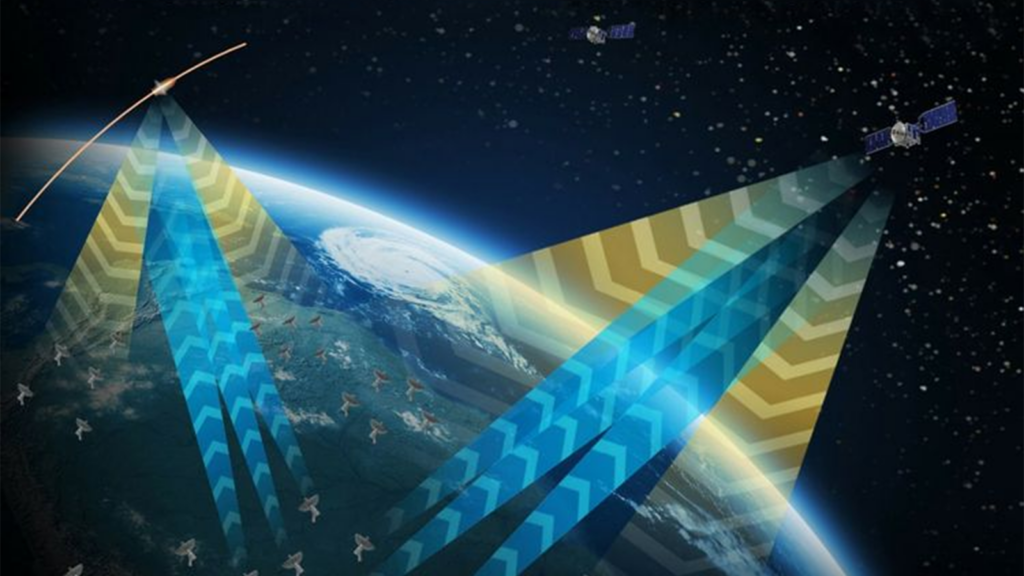
The Deep Space Advanced Radar Capability facilities be located in the US, Australia and the UK. (Space Force Graphic Courtesy of Northrop Grumman)
WASHINGTON — US Space Command has asked Congress for $1.2 billion in fiscal 2025 to fund efforts either not included or not fully supported in the official Defense Department budget.
Most of the programs included in the annual wish list obtained by Breaking Defense are classified, thus the document doesn’t provide many details about each one. For example, there are three lines in the SPACECOM spreadsheet labeled simply Classified Program A, B and C, for which the command is asking a total of $704 million.
However, the fact that the command made public its top-line for so-called unfunded priorities, as well as a run-down of programs and funding requirements is a big step towards transparency. Last year, those details were all hidden behind a classified annex attached to the letter by then-commander Gen. Jim Dickinson when he transmitted his wants to Congress.
Three separate items in wish list are marked as related to “Space Situation Awareness Operations,” totaling almost $244 million. The ability to keep tabs on satellites, especially those operated by adversaries, and potentially dangerous space debris has been a high priority for SPACECOM since its inception.
These efforts fall, according to the list, under Space Force research, development, test and evaluation budget (RDT&E) program element (PE) 1203940SF, which service budget documents say “fields, upgrades, operationalizes, operates, and maintains Space Force sensors and information integration capabilities within the SSN.”
SSN stands for Space Surveillance Network, which is the set of optical telescopes on Earth and in space, as well as as terrestrially based radar, used to detect and track objects on orbit.
However, the FY25 Space Force budget documents show that the items in that budget line have been transferred to a new PE, 1206425SF, for which the service budgeted a total of $483.6 million. That line includes three disparate projects: the Deep Space Advanced Radar (DARC); the joint Space Force-National Reconnaissance Office satellite system codenamed SILENTBARKER; and the Ground Based Optical Sensor System (GBOSS) that will upgrade the Ground-based Electro-Optical Deep Space Surveillance (GEODSS) system.
It is unclear whether the three unspecified programs included in SPACECOM’s wish list are those same three included in the Space Force budget documents for which SPACECOM wants additional dollars — and even if one assumes they are the same, it isn’t clear which SPACECOM ask refers to which budgeted program.
Classified Navy and Marine Corps programs also are included in the SPACECOM wish list.
SPACECOM asks for a total of $90 million for Navy efforts described as “electronic warfare readiness support” for priority “counterspace capabilities.” The wish list shows three such efforts falling under the Navy RDT&E PE 0204575N, for which the service officially requested a total of $159.6 million in FY25.
Another $10 million is included on the unfunded priorities list as “Marine Corps Electromagnetic Warfare Programs-classified,” under an item titled “Marine Corps Communications Systems,” RDT&E PE 0206313M.
The Department of the Navy, which holds civilian control the Marine Corp, officially asked for $145.3 million in its FY25 budget request for that line item.








